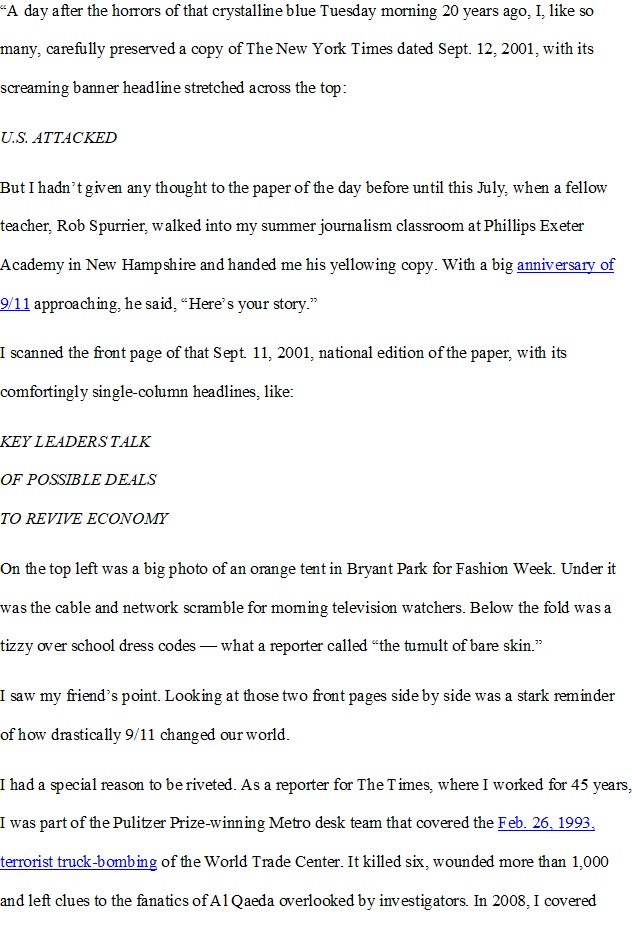


Q Paper: Demonstrate Powerful Outlining (Planning) Skills | Graded Directions Product designers use a process called reverse engineering to find out how a finished product is put together. You can do the same thing with finished articles and reports to see how they’re organized. Cut and paste the text of a substantial online news article into your word processor, then distill it down to an outline. Indicate a few ways to improve the organization of the article or report. Parameters • 350–500 words double spaced with 12 point font • Assignment due by Sunday at 11:59 p.m. ET Grading • Your assignment will be graded according to the rubric below Plagiarism You are expected to write primarily in your own voice, using paraphrase, summary, and synthesis techniques when integrating information from class and outside sources. Use an author’s exact words only when the language is especially vivid, unique, or needed for technical accuracy. Failure to do so may result in charges of Academic Dishonesty. Overusing an author’s exact words, such as including block quotations to meet word counts, may lead your readers to conclude that you lack appropriate comprehension of the subject matter or that you are neither an original thinker nor a skillful writer. Rubric Writing/Project Assignment Rubric Writing/Project Assignment Rubric Criteria Ratings Pts This criterion is linked to a Learning OutcomeDescription of criterion 25 to >23.0 pts A • Follows assignment directions precisely; • no mechanical errors; • meets or exceeds word count; • uses attribution as appropriate; • follows format expectations precisely 23 to >20.0 pts B • Follows assignment directions precisely; • 1–2 mechanical errors; • meets word count expectations; • uses attribution as appropriate but may not include reference list; • format is followed with not more than two errors 20 to >18.0 pts C • Follows assignment directions but does not fulfill thoroughly; • more than two mechanical errors but less than five; • uses attribution but does not cite correctly or fully; • more than two format errors 18 to >15.0 pts D • Barely follows assignment directions or not at all; • more than five mechanical errors; • more than five format errors; • does not use attribution 15 to >0 pts F • Did not complete assignment; • more than seven format and mechanical errors that make the submission unreadable; • plagiarism of any kind or failure to attribute information that is quoted, paraphrased, or summarized. 25 pts Total Points: 25
View Related Questions